Recommendation points
- Basic agricultural techniques
- Diseases of pepper
- Blackleg
- Bacterial spot
- White rot
- Vertex rot
- Viral diseases of pepper
- Pepper pests
- Aphids and spider mites
- Wireworm
- Medvedka
It is difficult to overestimate the benefits and taste of such a vegetable crop as pepper. This vegetable is a treasure trove of vitamins and microelements important for health, including vitamins A, C and E. The use of dishes prepared from pepper strengthens the body’s defenses and has a beneficial effect on all organs and systems of the human body. However, in order to grow a decent harvest, it is necessary to make certain efforts – with improper care, this vegetable crop can get sick, and it has quite a few pests.
In the previous article in the series “Organic farming. Biological protection from pests and weeds ”we talked about how to protect garden plants from diseases and pests without the use of harmful pesticides. And in the articles “Diseases and Pests of Cucumber” and “How to Grow a Bountiful Harvest of Healthy Cabbage without Chemistry”, they considered the main biological methods of combating diseases and insect pests affecting cucumbers and cabbage. Today, let’s talk about how to get a rich and sustainable harvest of pepper..
Pepper is a gentle and heat-loving plant, its homeland is Central America. It was from there that he was brought to Europe by the sailors of Columbus. After the discovery of America, this vegetable crop began to be grown in Spain, Portugal and Bulgaria, from which it came to our gardens – it is not for nothing that various varieties of sweet pepper are called Bulgarian. In the tropics of South America, this plant is still found in the wild and is by nature a perennial shrub. In Russia and the CIS countries, pepper is cultivated as an annual crop, grown both indoors and outdoors..
Basic agricultural techniques
The beds with pepper should be located in a well-lit and well-heated area, protected from cold winds. The most suitable land structure for this crop is light loam or sandy loam soils..
Peppers are extremely sensitive to watering. Drying out of the soil is unacceptable, but excessive moisture also leads to a lack of oxygen, which slows down the ripening of fruits. With an excess of moisture, the tops of the plant darken, and its lack is indicated by wilting of leaves and ovaries.
The most suitable temperature for growing peppers are indicators of 20-25 degrees, with a noticeable decrease in it, the beds must be covered with a film or light agrofibre. Frosts are fatal for this culture..
Correct formation is essential for a good harvest. The first bud is removed to stimulate growth and increase productivity. Cutting off stepchildren, side shoots and lower leaves helps to reduce the load on the main stem, which contributes to better development of the bush. Tall varieties can be formed into two or three stems, formed from stepchildren, which do not break off, but pinch their shoots after the second and third leaves.
It is important to note that different varieties of pepper can be pollinated among themselves. Therefore, if you decide to plant different types of plants on the site, then you must maintain a sufficient distance between the beds (it is better to do them in different ends of the garden), so as not to get the result of the “bitter Bulgarian” variety.
Pepper is picky about food. Foliar and root dressing should be started two weeks after planting the seedlings in the ground. The main organic fertilizers for pepper are wood ash and infusion of mullein or chicken droppings. To prepare the infusion, it is necessary to fill the container with manure by one third and fill it with water, cover it with a lid or polyethylene (loose). This mixture is infused for a week, while stirring well. To feed the pepper, 0.5 liters of the prepared infusion is diluted in a bucket of water and each bush is added at intervals of 1.5-2 weeks. Wood ash is used to pollinate the garden beds. Sprinkle it directly over the top of the plant, preferably over the dew. This not only stimulates growth, but also is the prevention of some diseases, protection from many pests.
Diseases of pepper
Like most cultivated plants, pepper is sometimes affected by fungal, bacterial or viral diseases, which occur mainly when optimal growing conditions are not observed, which often does not depend on the gardener – the weather has not pampered us with constancy lately. For timely and successful treatment and prevention, it is necessary to know the signs and characteristics of the occurrence of dangerous diseases, the main ones of which are considered: black leg, bacterial spot, white rot, apical rot, as well as diseases of viral origin (mosaic, streak, internal fruit necrosis).
Blackleg
A dangerous fungal disease affecting seedlings and young plants. It can occur both in greenhouses and hotbeds, and in the open field in the spring. The disease manifests itself in the form of darkening of the root collar with a characteristic constriction, sometimes a gray coating can be noticed. With the progression of the disease, the fungus infects the roots, the plant withers and dies.
One of the main reasons for the occurrence of a black leg is high air humidity, therefore, for prevention, it is necessary to avoid dense crops of seedlings and sharp fluctuations in temperature, it is recommended to water the beds with warm water (20 degrees). In order to avoid the appearance of the disease in greenhouses and greenhouses, it is necessary to provide good ventilation, and before planting seeds, disinfect the soil with a solution of potassium permanganate at the rate of 5 grams per 10 liters.
Bacterial spot
This disease is caused by bacteria infecting leaves and fruits. It appears in the form of small black spots with a yellow border, which eventually grow to a size of 1–2 mm in diameter. On the petioles and stems, the spots are also black, but have an elongated shape. If bacterial spotting has already appeared during fruiting, then the fruits are covered with dark dots with a watery border, which later grow to 6-8 mm and turn into sores. This disease greatly reduces the quality and quantity of the crop..
Bacteria penetrate the leaf tissue through the stomata, and into the fruit through mechanical damage. The disease develops especially actively at high humidity, and pathogens can persist in plant debris for 10 years. Therefore, to prevent the occurrence of bacterial spotting, it is necessary to carefully collect and burn damaged parts of plants..
To prevent the onset of the disease, it is recommended to observe crop rotation, pickle the seeds before planting in a solution of potassium permanganate (1 gram per 100 ml) or decontaminate them in hot water at 60 degrees for 10 minutes, followed by rinsing and drying.
A wonderful preventive, and in the initial stages and therapeutic, effect is given by spraying plants with an infusion of garlic. This product is prepared as follows: 100-150 grams of dry leaves or scales are poured with 10 liters of water and infused for a day, after which the solution is used to process pepper. This tool also helps to prevent such a dangerous disease as late blight. We talked in more detail about the use of infusions and decoctions of various plants in the article “Biological protection against pests and weeds”.
White rot
A fungal disease that affects all types of garden plants and has an extremely negative effect on the “longevity” of the crop. The disease usually develops in the root of the plant. The stem is covered with a coating of white mycelium, and solid black formations form inside it. Then they soften, which impairs the supply of nutrients and leads to wilting, and in some cases, to the death of plants. Infected fruits become watery, soft, covered with a white fluffy coating.
Outbreaks of white rot are most often seen in cold weather with high humidity. Mulching the beds with peat chips with a layer of at least 5 cm helps to prevent the appearance of the disease. Powdering the affected areas with crushed coal or chalk has a good therapeutic effect. For prevention, it is necessary to carefully destroy the damaged plant residues. It is strictly forbidden to put diseased plants in a compost heap, since the causative agent of the disease can persist in the soil for 5-6 years.
Vertex rot
This disease is most common in greenhouses and can be of both bacterial and non-infectious origin. If the apical rot is caused by bacteria, then gray spots with a dark border appear on the fruits, causing softening and death of the crop. In this case, the sources of infection are infected seeds and plant debris. For prevention, it is necessary to purchase seed material in specialized stores or use fruits of ideal quality to obtain seeds.
The non-infectious occurrence of the disease is characterized by the appearance of a green watery spot on the top of the fruit, which over time is replaced by brown dry spots around the top. Such fruits ripen earlier and then quickly rot. Vertex rot of non-infectious origin can occur with insufficient watering and elevated air temperatures (above 30 degrees), and can also be triggered by an insufficient amount of nutrients.
Prevention of this disease consists in observing the correct agrotechnics of growing pepper – it is advisable to maintain a constant temperature in greenhouses and conduct timely watering with warm water. Regular feeding with infusion of mullein or bird droppings will help prevent the development of apical rot of non-infectious origin.
Viral diseases of pepper
These diseases are caused by the activation of the tobacco mosaic virus (TMV) and can have different symptoms and harmfulness, depending on the phase of plant development and growing conditions. The occurrence of viral diseases is facilitated by too much humidity in the air, combined with poor lighting. The most common diseases caused by TMV are mosaic, streak and internal fetal necrosis.
The main symptom of a mosaic is the acquisition of a variegated mosaic color by leaves, consisting of light green, dark green and yellow areas. If the disease progresses, there is a strong deformation of the foliage. TMV spreads during various works that cause injury to plants (planting seedlings, picking, tying, harvesting). When the first signs of the disease are detected, the infected seedlings must be immediately destroyed..
Streak – dark areas of dead tissue that appear on stems, petioles and leaves. Infected peppers lag behind in growth and development, the leaves become small and deformed. In case of internal necrosis on fruits, one can notice dead areas of brown tissue, which greatly reduce the quality, quantity and “keeping quality” of the crop.
The main ways to prevent viral diseases caused by TMV is strict adherence to crop rotation. Also, the disinfection of seeds in a solution of potassium permanganate helps a lot, as well as the disinfection of all used equipment and seed boxes, which is carried out with a 10-15% solution of trisubstituted sodium phosphate (120 grams of the drug is diluted in a lira of warm water and sprayed). To prevent infection, young seedlings can be treated with a 10% solution of skim milk.
Pepper pests
Pepper is a delicious plant, and not only people like it. Many insect pests are not averse to feasting on this vegetable crop. The most dangerous enemies of pepper include: aphids, spider mites, wireworms and bear.
Aphids and spider mites
These harmful insects can cause significant harm to both seedlings and adult plants. They settle on the inner side of the leaves, as well as on flowers, shoots and suck out juices from them, causing them to curl, dry out and completely die off. Spider mites are more common in greenhouses and hotbeds, and aphids can infect plants both outdoors and indoors..
There are enough biological control measures for these insect pests in the arsenal of organic farming. This is the attraction of natural enemies to the site (ground beetles, ladybugs), and spraying with infusions of all kinds of plants, as well as planting spicy plants around the beds that repel harmful insects. In more detail, all the methods of opposition are described in the article “Organic farming. Diseases and pests of cucumber “.
Wireworm
This name was given to the larvae of click beetles, which damage potatoes and the roots of many other garden crops, including pepper. The wireworm lives in the ground for 2–5 years at a depth of 10–15 cm. It loves moist soil, and when the upper layers dry up, it goes deeper. These larvae feed on plant roots, gnawing at them. Damaged crops are far behind in growth, the yield is significantly reduced.
It is not easy to defeat the wireworm without using chemicals and deep digging. However, by trial and error, organ gardeners still found ways to deal with this harmful insect..
If there are a lot of these pests on the site, it is necessary to sow it with any legumes (peas, beans, beans, soybeans and others) – the wireworm “cannot stand” these plants. Surface loosening of the soil in May-June contributes to the fact that the eggs of click beetles under the sun’s rays become incapacitated and die.
The bait in the form of small piles of last year’s leaves or rotted hay, spread between the beds in April-May, is quite effective. These piles should be moistened and covered with boards. Click beetles and their larvae will colonize your baits in search of food and heat, after which they will need to be collected and burned. This operation can be repeated several times..
To catch a wireworm, you can also use the following method: cut beets, potatoes, carrots into slices and stick these pieces onto wooden sticks. The prepared bait is immersed in the ground to a depth of 5–7 cm every meter. After 2-3 days, it is taken out and destroyed together with the captured larvae. The procedure can be carried out as long as needed.
Medvedka
This giant of the sabotage business, along with the Colorado potato beetle, can cause big trouble for the farmer. Medvedka is a fairly large insect with a length of 5 cm, with a brown color, digging legs and short elytra. Adult insects and their larvae also harm the plantings, digging tunnels in the ground and gnawing the roots and stems of garden crops. Medvedka likes to settle in well-manured areas, on compost heaps and in damp, warm places. Then, if you do not fight with her, she crawls throughout the garden, digs nests and lays eggs, from which young bears appear after 20 days.
The most effective way to combat this pest is to catch them and destroy them using a variety of traps. We talked about this in great detail in the article “Biological protection against pests and weeds”.
Pepper is a gentle and thermophilic “creature”, therefore, to obtain decent harvests, it is necessary to observe the above-described rules of agricultural technology, that is, peppers must be planted in warm, windless places, properly watered and form a bush, and feed well. Following these guidelines and learning about natural ways to combat disease and pests will help you provide your family with valuable, organic food..


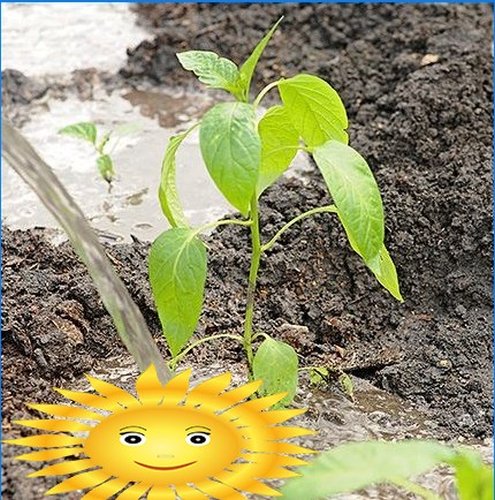
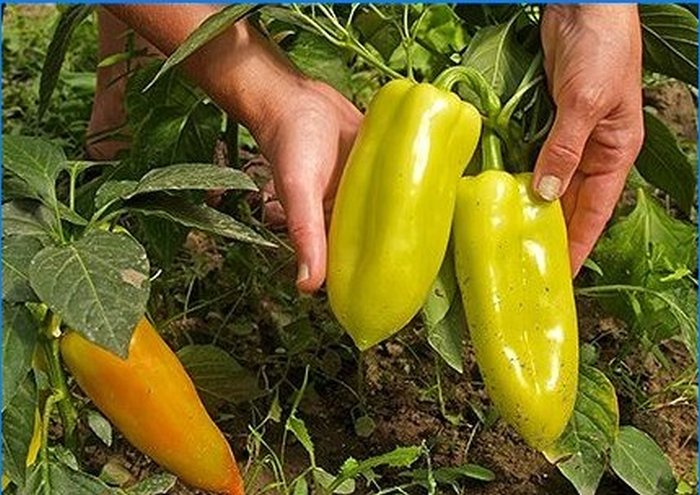
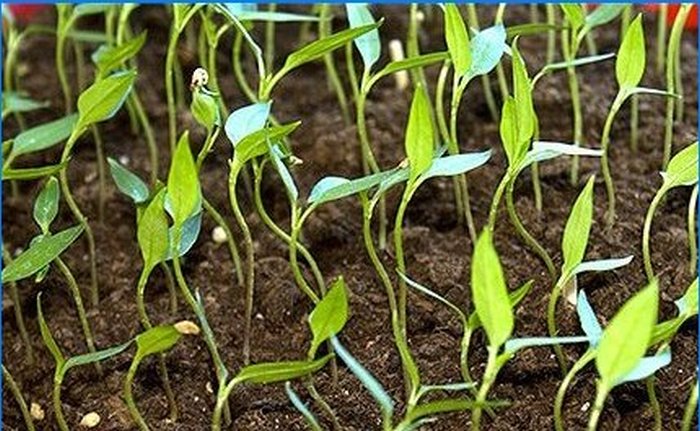
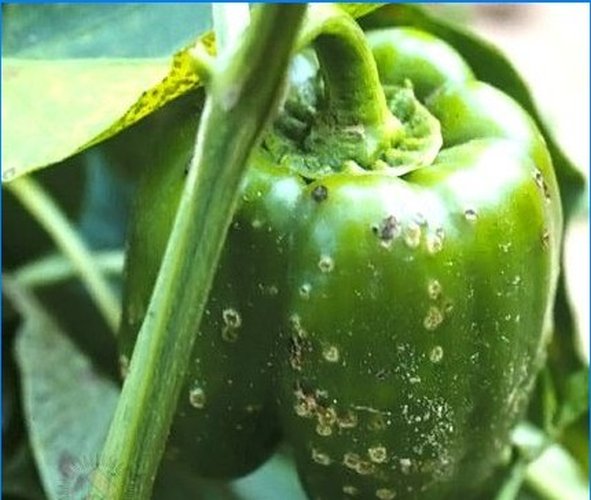
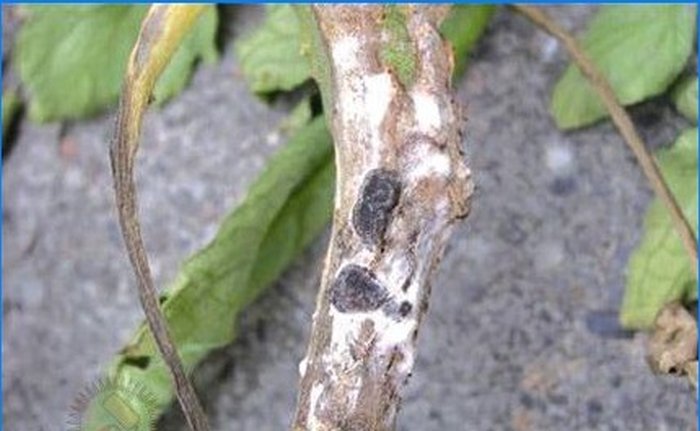
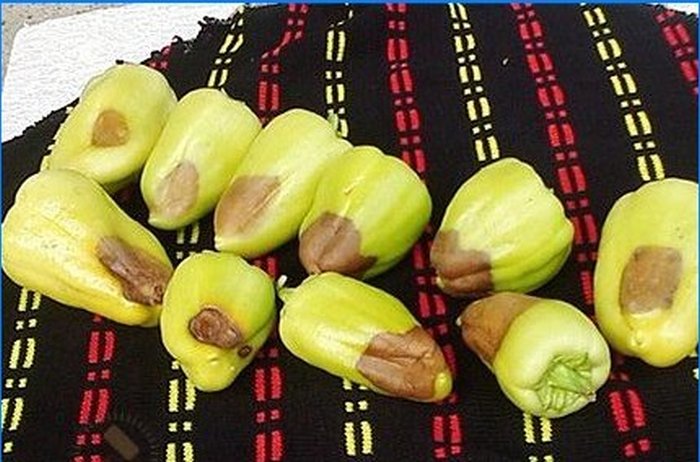
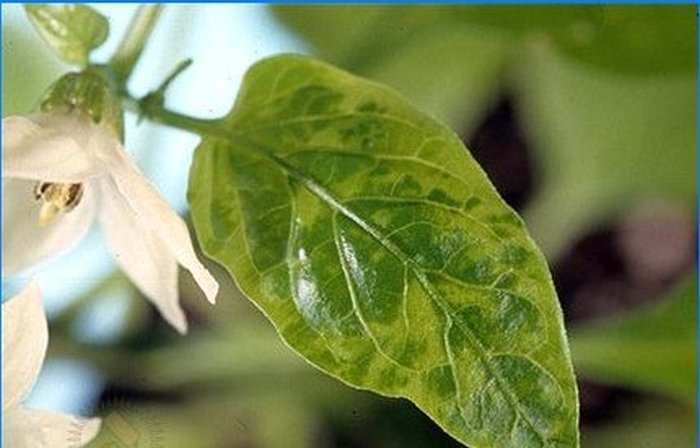
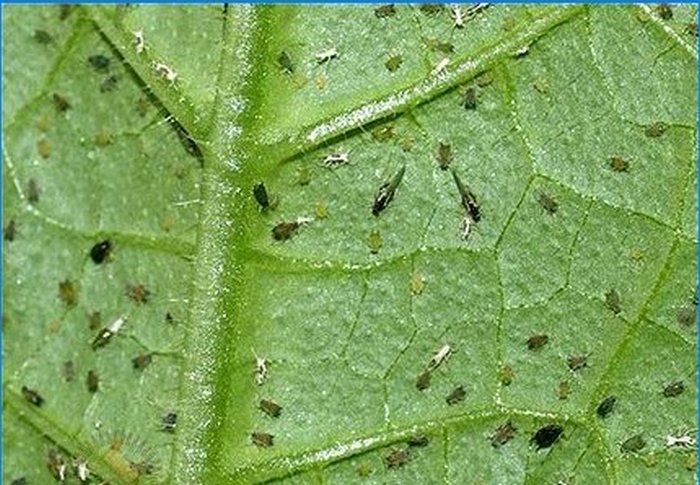
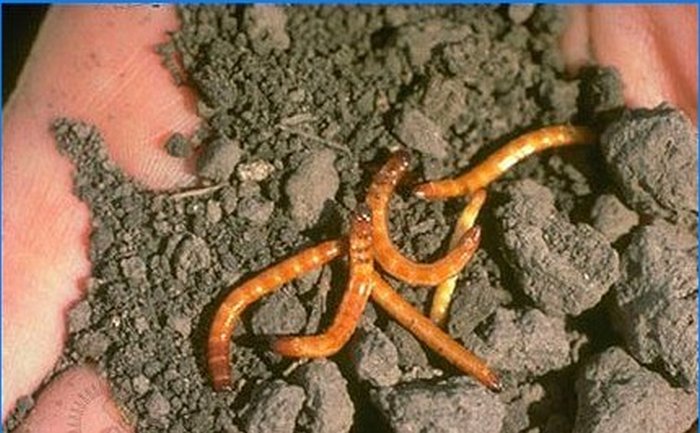
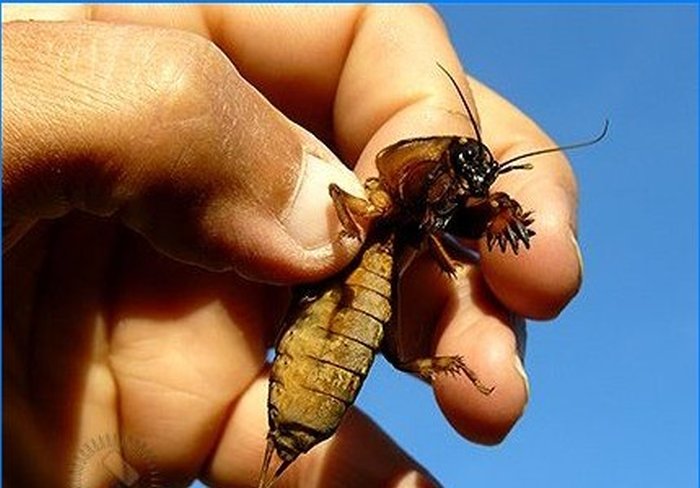
As a reader, I’m interested in organic farming. I’d like to know what are some effective methods to protect peppers from pests and diseases in an organic way? Are there any natural remedies or techniques that can be applied?
There are several effective methods to protect peppers from pests and diseases in an organic way. One approach is to encourage biodiversity by planting companion plants such as basil, marigold, or garlic, which act as natural repellents for pests. Additionally, creating physical barriers like using netting can prevent insects from reaching the plants. Introducing beneficial insects like ladybugs and lacewings can also help control pests. Organic pesticides based on natural ingredients like neem oil or garlic oil can be used as sprays in moderation. Proper crop rotation, soil management, and regular inspection for signs of infestation are crucial in preventing diseases. Natural remedies such as copper-based sprays or mixtures of baking soda and water can be effective against fungal diseases. Emphasizing healthy soil quality and promoting overall plant vigor through organic fertilizers and compost can also make peppers more resilient to pests and diseases.
I’m curious, what are some effective organic methods to protect peppers from pests and diseases? I’m particularly interested in natural remedies that don’t involve the use of chemicals. Any advice or suggestions would be greatly appreciated!